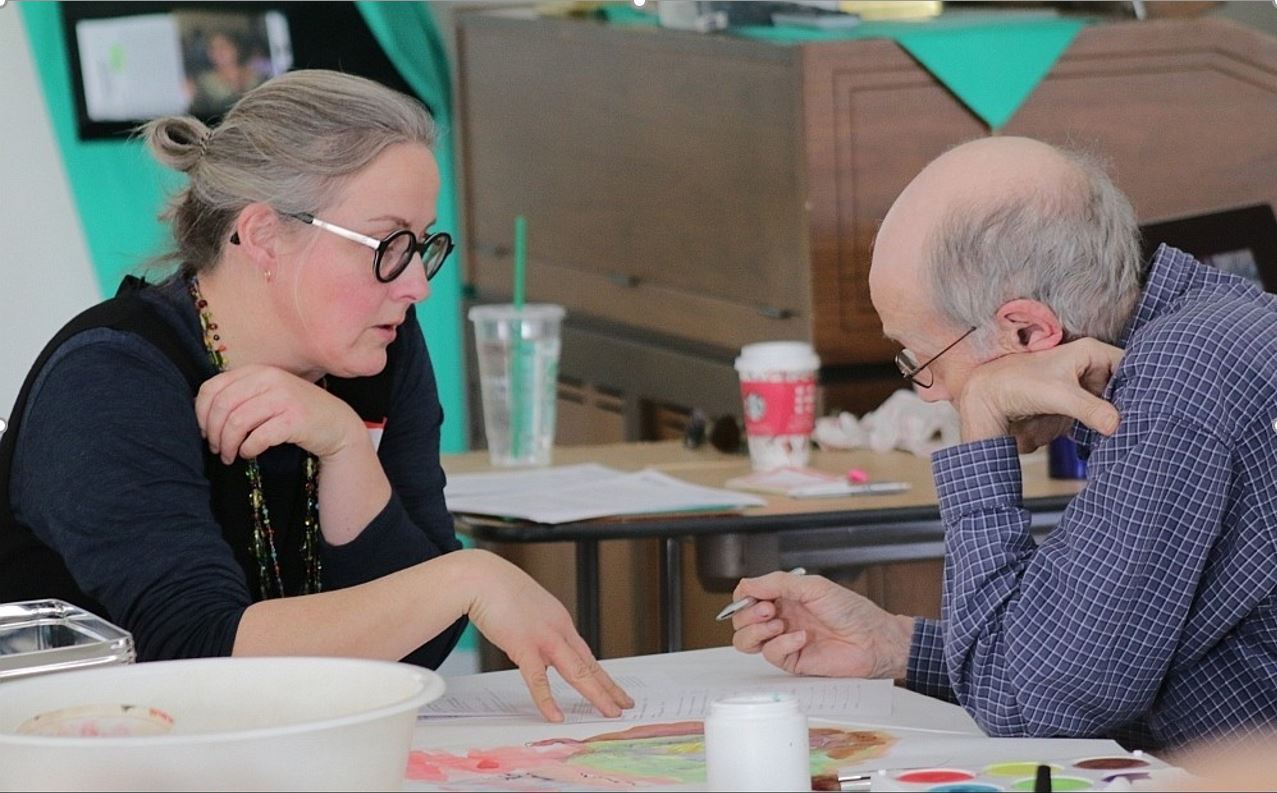When designing spaces for people living with disabilities, there’s more to consider than whether they are physically accessible.
A greater challenge is making sure the environments we work and live in accommodate “invisible” or “hidden” disabilities—a long list of conditions that range from hearing impairment to autism to anxiety disorders.
Understanding the space requirements of those varied needs is a highly specialized skill set, and one of the leading practitioners in Alberta is pursuing a trailblazing doctorate on the subject in the University of Alberta’s Department of Human Ecology.
Lara Pinchbeck’s doctoral thesis expands on a master’s thesis under the supervision of design anthropologist Megan Strickfaden that took a close look at how universal design principles accommodate “stories of lived experience.”
“My dream is to be an adviser for designers, and to be able to give them knowledge to make sure we have as many places that are as accessible as possible,” said Pinchbeck.
“There's a lot of information available about how to make a space accessible for people with mobility challenges, but when you look at invisible disability—say somebody with a brain injury”—targeted design expertise is thin on the ground, she said.
“When we just say, ‘We'll make sure that this building is accessible for this group of people,’ it turns out it's not accessible for another group. Think of it more like a necklace—you need to have all of the pearls stringed properly.”
Take someone who is easily overwhelmed by auditory stimulation, for example: “It may be that there's so much reverberation in that space, you're using up too much brain capacity to focus on what’s happening.”
The noise factor needs to be accounted for in design and adjusted when necessary, said Pinchbeck. But ideally those tweaks never happen in isolation. And the process works best when a full range of lived experiences of those with disabilities is considered from the beginning, before it’s too late to change things.
That means working directly with clients who will use the space, finding out as much as possible about who they are and what they need.
“We're looking at all of the factors that impact someone’s ability to be who they are.
“Taking a piecemeal approach doesn't work,” she added. “When we just say, ‘We'll make sure that this building is accessible for this group of people,’ it turns out it's not accessible for another group. Think of it more like a necklace—you need to have all of the pearls stringed properly.”
Before returning to university to build up her knowledge base, Pinchbeck worked for a number of years in the architecture industry, pondering the design flaws she saw around her.
She now has her own consulting business, called Lara Pinchbeck Research and Design.
“In order to get more industry credibility, I thought I would get the ‘Dr.’ in front of my name,” she said. “I want to continue bridging that connection between the academic world and practising professionals, and bring the value of evidence deep into the field.”
Of late she consulted for a company called ABE Factors, which conducts accessibility and building code assessments with an eye to perfecting industry standards. Pinchbeck infused more of what she calls the “soft side” of design into their mainly technical approach.
She is also certified as a professional accessibility assessor through the Rick Hansen Foundation. “I did this to fulfil my graduate professional development requirements and found it also fulfilled my professional interests,” she noted.
One of Pinchbeck’s current projects as part of Strickfaden’s research team involves helping to design a residence for seniors with dementia. In addition to providing information to the designers, she and her colleagues will train residence staff on how to best use the space to improve quality of life.
For those with dementia, some key principles of design provide space for contrasts or shades of difference in their lives so every day isn’t the same, said Pinchbeck. It’s important to allow for a variety of activities, especially of the sensory variety.
“Music is a really obvious one that we know a lot about,” she said. “But if we match music with, say, going outside on a fall evening, sitting around the campfire singing songs—that's a whole bunch of different sensory stimulation.”
The COVID-19 pandemic has also introduced a new set of problems to the equation, said Pinchbeck. How, for example, do you design space to combat isolation?
“What do we do in order to alleviate the ill effects of that social isolation as a result of the physical isolation?”
According to Pinchbeck, whatever the situation, designing for disability means listening with sensitive ears and responding with concrete action.
“We want to be able to really get to know who folks are who use these spaces,” she said. “What I’ve learned is that space itself is not the end product—it's a tool to get us the end product. And the end product is quality of life.”
Great ideas change the world, but ideas need a push forward. At the University of Alberta, we know that push has never been more important as we do our part to rebuild Alberta and keep doors of opportunity open to all. We're making research discoveries. We’re cultivating entrepreneurs. And we’re giving our students the knowledge and skills they need to turn today's ideas into tomorrow's innovations.Read more stories about U of A innovators.
